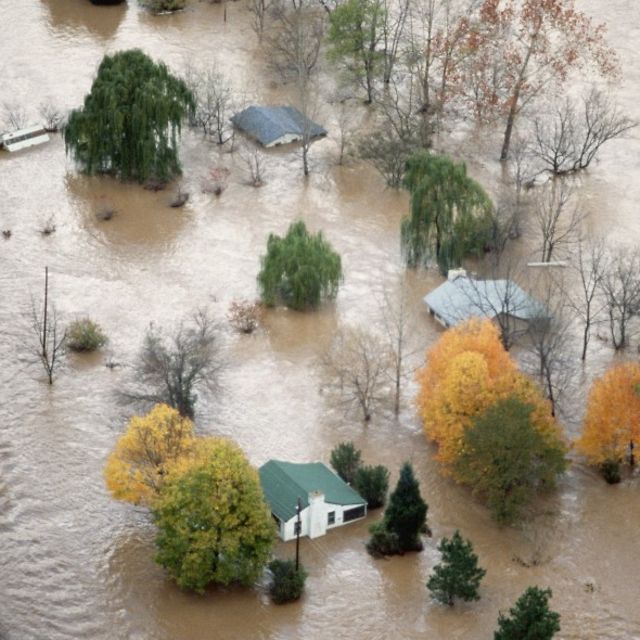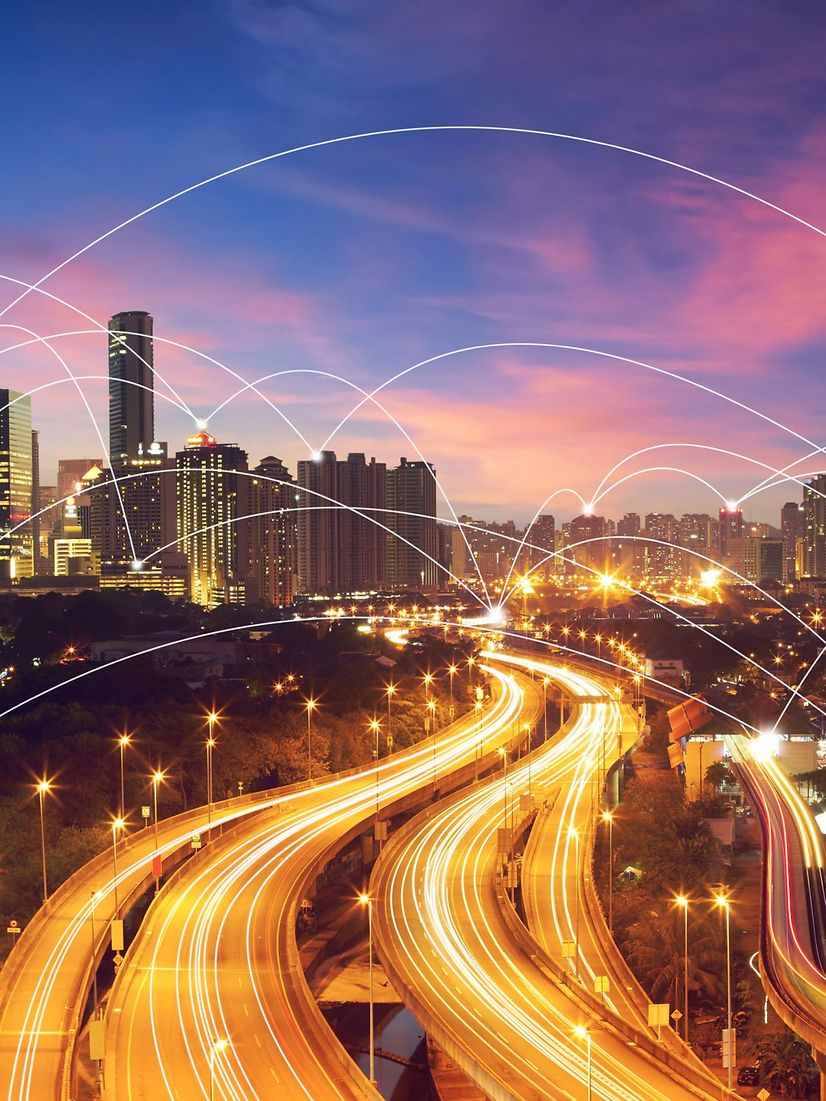IoT sensors are used in numerous sectors – from industrial facilities to agriculture and urban infrastructure. Depending on the application, they provide the foundation for efficiency, safety and sustainability.
IoT sensors in industry: In industrial settings, IoT sensors are used for predictive maintenance, quality control, energy optimisation and safety monitoring.
IoT sensors in agriculture: LoRa sensors or NB-IoT sensors are used in agriculture, for example in fields or greenhouses. There, they measure important environmental data such as soil moisture, solar radiation, temperature and humidity in order to precisely control irrigation and resource consumption.
The IoT solution, developed by the company Hidroconta and equipped with embedded connectivity from Telekom, automatically and regularly sends information about water consumption via NB-IoT to a cloud platform. Agricultural companies can then set individual irrigation times in order to use the resource sustainably and not waste it.
Smart cities and disaster prevention: IoT sensors are used in urban areas and risk zones to recognise critical environmental changes at an early stage. In the event of the smallest changes, the technology can warn of floods, storms and forest fires caused by a dry period via an app. In networked cities, they contribute to the safety of the population and enable proactive crisis management.
For example, Deutsche Telekom works with the company divirod to regularly collect water data from lakes, rivers, coasts and roofs around the world - in order to predict the risk of flooding or collapsing roofs in the event of snow or ice. In accordance with the principle of Data-as-a-Service (DaaS), companies can use the measurement data from service providers for a fee as a precautionary measure.
This shows: Using IoT applications for disaster prevention can significantly increase the effectiveness of alerting systems. Since 1970, warning systems have drastically reduced the number of fatalities: on average, fewer than half as many people died from environmental disasters in 2019 than 50 years previously, according to the World Meteorological Organisation (WMO) and the UN Office for Disaster Risk Reduction (UNDRR).
IoT sensors for food and cold chain logistics: IoT temperature sensors ensure that refrigerated transport of meat, fruit or medicines is constantly monitored. If the temperature changes, an alarm is triggered automatically.
According to the WWF, we are currently destroying up to 40 per cent of the food produced worldwide (as of 2021). To ensure that fruit, vegetables, dairy products and meat stay fresh for as long as possible and are not thrown away prematurely, transport and storage at an appropriate, constant temperature and humidity are essential. Tracking sensors can help here: They monitor the cold chain and provide a reliable warning before the condition of the goods deteriorates. This allows employees to react at an early stage and adjust the temperature, for example. In this way, supermarkets have to throw away seven per cent less food - tonnes of valuable food in Germany alone.


